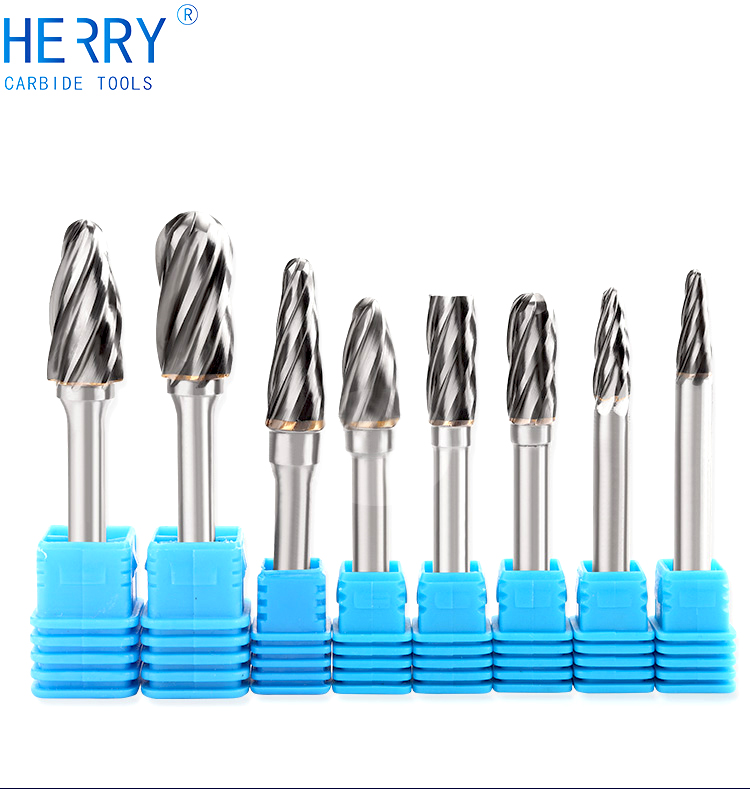
Product Introduction
attachment:Aluminum Burrs.xlsxAluminum Burrs: Formation Impact and Deburring Techniques
Aluminum burrs are an inevitable byproduct of machining processes particularly in industries like aerospace and automotive where aluminum alloys are widely used. These burrs which are unwanted projections of material extending beyond the workpiece limits can significantly affect the quality of machined parts leading to part rework or scrapping and increased production costs.
The formation of burrs during machining is a complex phenomenon influenced by various factors including the workpiece material tooling machining parameters and strategy. Aluminum alloys known for their high ductility are prone to burr formation due to their tendency to stretch past the point of elastic deformation leading to material fracture and burr creation.
To mitigate burr formation it's essential to optimize machining parameters such as cutting speed and feed rate. Increasing the cutting speed and using higher feed rates can reduce burr size by promoting a transition from ductile to brittle behavior in the machined part surface which may lead to decreased burr height. Additionally the use of proper coolants and lubricants can reduce tool wear and burr formation.
Deburring the process of removing burrs post-machining is a critical step to ensure part quality. Mechanical deburring methods such as manual abrasion brush deburring and bonded-abrasive deburring are commonly used for aluminum alloys. Each method has its advantages and limitations with factors like cost flexibility and the potential for new burr formation to consider.
Strategies for burr prevention and minimization have been extensively researched leading to a better understanding of burr formation mechanisms and the development of integrated strategies for burr control. However challenges remain in modeling and optimizing the burr formation process to reduce production time and improve part quality.
In conclusion aluminum burrs are a significant concern in the machining of aluminum alloys. By understanding the factors that contribute to burr formation and implementing effective deburring techniques manufacturers can improve part quality and reduce production costs associated with burr removal.
Send Inquiry



 18581906093
18581906093